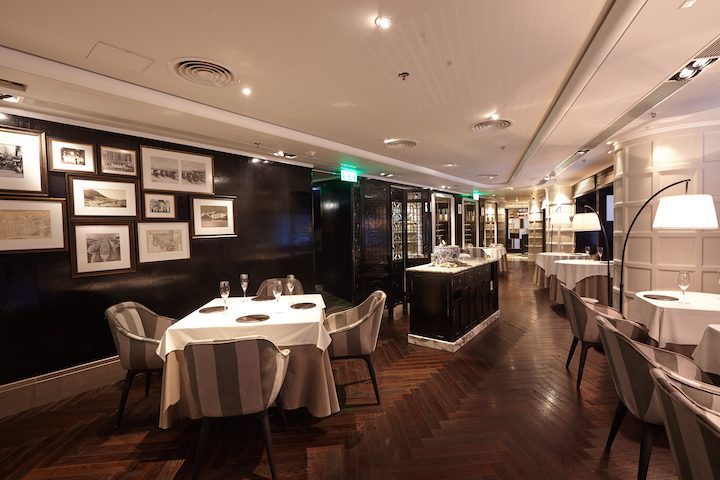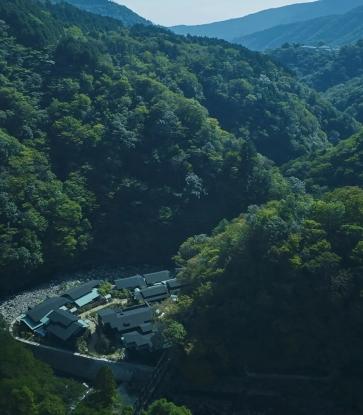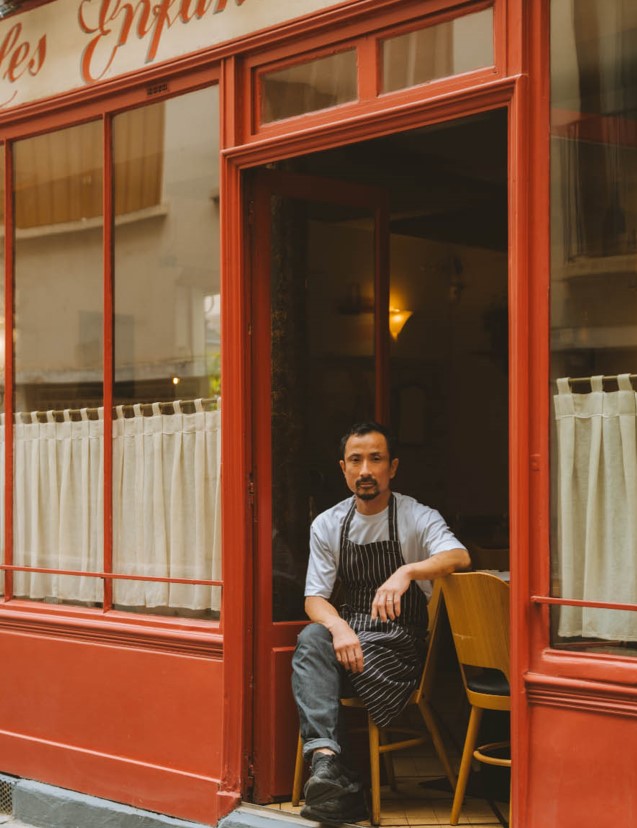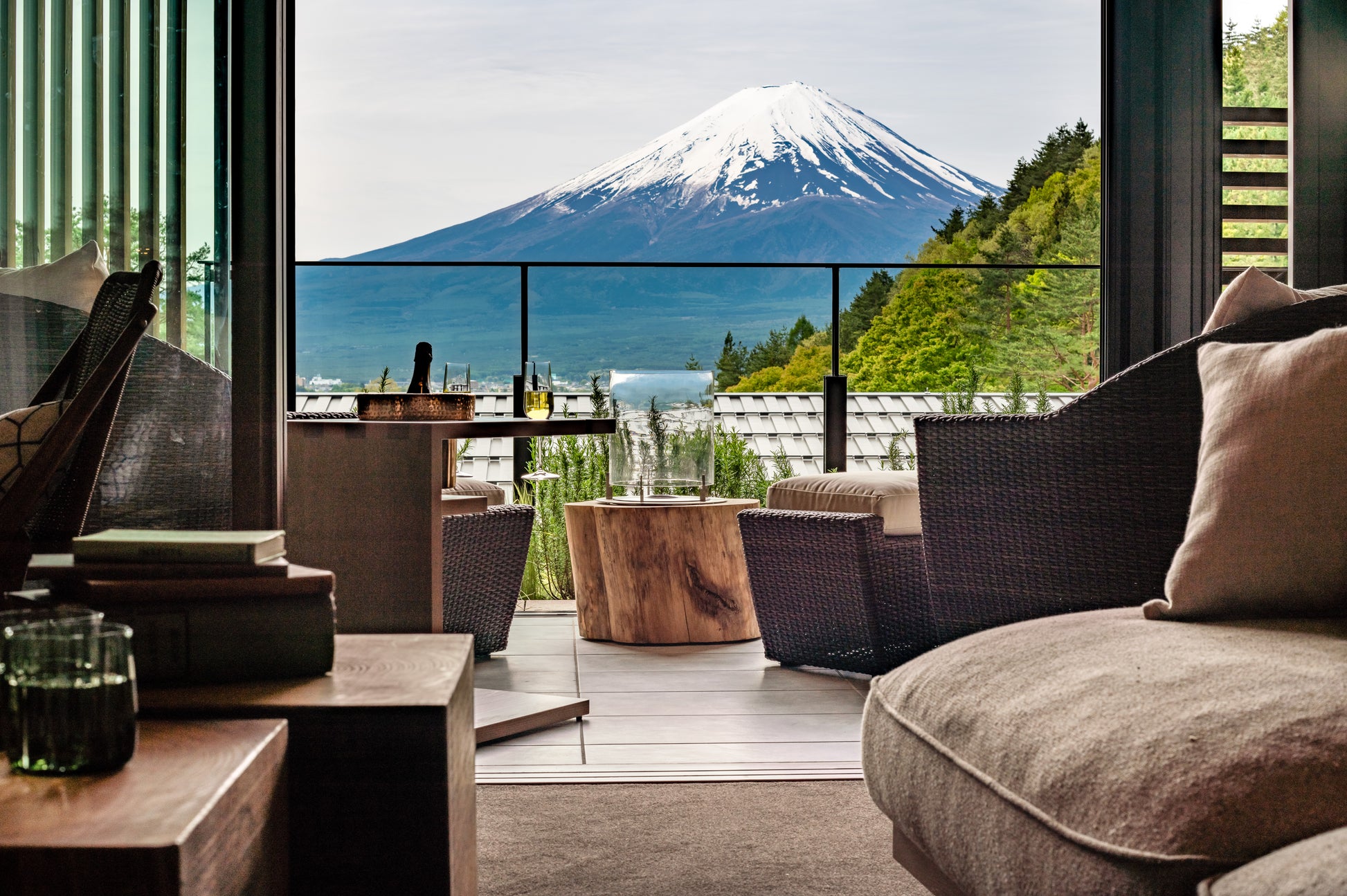The Road to Innovation
This is particularly true for Hideaki Sato, chef and co-owner of two-Michelin-starred Ta Vie. Sato began his culinary education in a French restaurant at 19, and his career path is the result of constant reinvention.

The solution to this question was a bold move. He gave up French cooking and joined Ryugin, a three-Michelin-starred Japanese restaurant in Tokyo that Sato admired for its philosophy of combining traditions and innovations in their cuisine. He decided he would start all over again, at the age of 31.
“People might think it’s risky, but my thought was: in the future, French-Japanese cooking could be my edge.” says Sato.
An Edge Over The Rest
His daring paid off. At Ryugin, Sato was exposed to a new world of creative cooking. For instance, he witnessed chef-owner Seiji Yamamoto put hamo (a type of eel) through a CT scan to find the best way to cut it. The restaurant also served wild duck and experimented with French and Chinese cooking techniques to treat the winged game to achieve tender meat and crispy skin. It was as artistic as it was unprecedented.
“(Yamamoto) had a vision and he would combine everything to make it came true.” Sato says. And it worked.
So when he was transferred to Hong Kong to helm the kitchen in Tenku Ryugin, and later branched out to open Ta Vie, he was not hesitant to be different himself.
“I want to cook in my own style. I want my cuisine to reflect my background.” Sato asserts.
Being now well-versed in French and Japanese cookings, and acquainted with Asian ingredients, Sato decided he should combine these three strengths to develop his culinary identity.

Artistic and Unpretentious
The attempt was well-received. Take “surrealism”, a signature dish from Ta Vie’s opening menu. A slice of paper-thin raw wagyu was wrapped around an oyster, a highly unconventional pairing that was an eye-opener for many guests, and built Sato's reputation on innovative cuisine in the gastronomic circle. He also served Taiwanese tea on the menu, breaking from tradition of fine-dining restaurants typically serving French or Japanese teas.
Two years later, Ta Vie now holds two Michelin stars, yet Sato does not rest on his laurels. Instead, he works diligently to improve on old and create new creations.
Expanding Possibilities
Take a braised abalone dish. Though the flavours were good, Sato was not entirely happy with it. So he kept testing and improving, until he arrived at a new version where puff pastry is disguised as an abalone shell made with spinach and liver. It might sound simple, but it took Sato almost a year to perfect this recipe.

“I can easily think of a hundred ways to cook an ingredient, but I continuously ask myself this question: which recipe can only be done by me?” says Sato.
He is also a chef who holds four-hand dinners frequently. By working alongside other chefs, he learns from their perspectives. “I am not interested in their recipes but their attitudes. For example, Shinichi Sato, renowned chef from Restaurant Passage53, he’s very serious in the kitchen but when he's outside, he jokes a lot. This did influence me to be less tense and more open-minded.”
Travel also helps. By breaking the daily routine, Sato feels he’s more receptive to new ideas.
“My cuisine is very traditional, but on the other hand it’s also very unconventional, and I push myself to make sure every new menu has to be better than the last one." says Sato. "To me, the beauty of innovation is to do things that no one has done before. It’s hard, but I make sure I do it.”


















